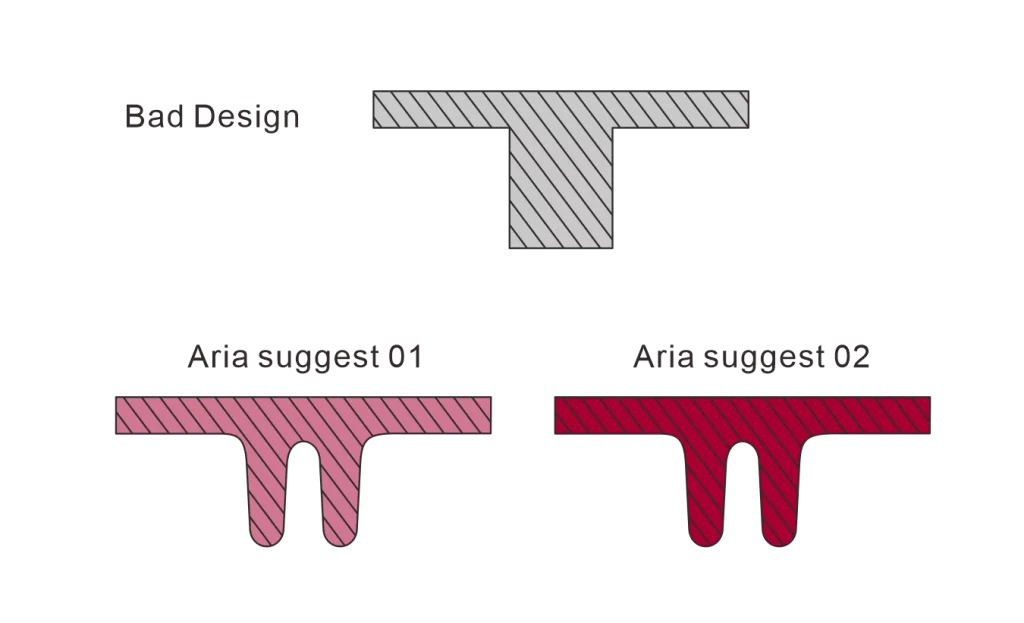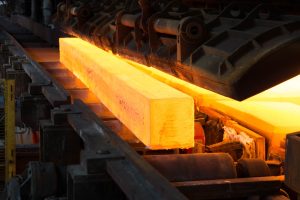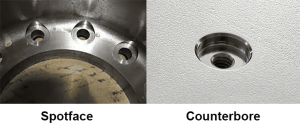Since the industrial revolution, plastic injection technology has continued to develop for more than 60 ~ 70 years; in fact, it is not difficult to design an excellent plastic part with today’s computer-aided graphics. As technology develops, we still have to master some of plastic’s fundamental physical properties and principles.
This article will first discuss the wall thickness of Injection plastic parts.
The wall thickness of injection plastic parts

The plastic is melted at high temperature in the injection molding machine, injected as a liquid, fills every corner of the mold, and then waits or uses a cooling system to solidify the liquid plastic back into solid plastic.
So the plastic mould must with fluid mechanics point of view to think about its features, and the design of the plastic parts wall thickness to best uniform, even if it is a straight line, it doesn’t have any turning point and doesn’t have any blockage. Otherwise, the surface of the plastic is prone to deformation, depression, wind, and residual stress problems.
However, it is impossible to achieve the above requirements. In actual production, the design that is more in line with the user needs should be that the location of the glue injection port is best designed at the thick end of the wall so that the thick wall can be filled with the characteristic of the high pressure of the glue injection port.
Generally, if the thickness of plastic meat is too thick in our design, it will be prone to sag or shrink, and if the consistency is too thin, there will be insufficient filling or insufficient shot. The above size is only a recommended value, and the detailed size range should refer to the specifications provided by the plastic pellet manufacturer.
Key points to consider when designing injection plastic parts wall thickness:

From an economic perspective, the excellent injection parts of thick meat should be as thin as possible because they can save materials. The cost of injection plastic parts will be cheaper. Still, we have to think about whether it can finished injection moulding process, plastic wall is too thin will cause plastic cannot flow through to fill the shot is not satisfied material problem, in addition the thinner plastic, its strength will be weaker, there is strength demand requires special consideration.
Categories
Share On
Recent Post

Everything You Need To Know About Annealing Processes
The chemical composition and internal structure of a material are

Spotface vs Counterbore, What is difference?
As a professional engineer of more than eight years of


